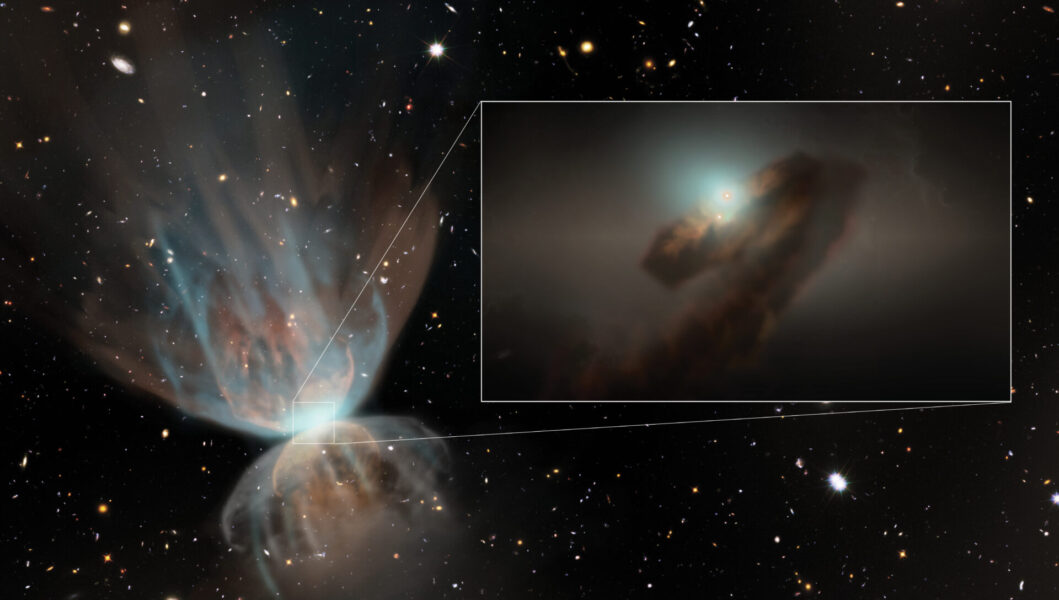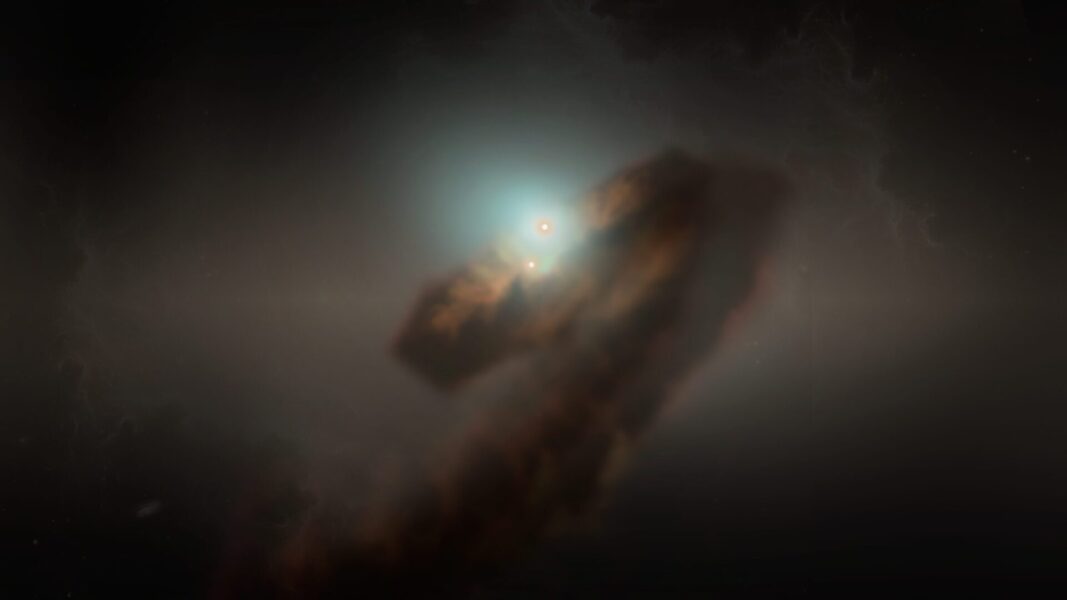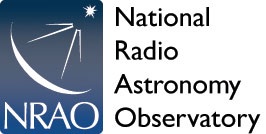
From The ESO (EU)(CL)/NRAO/NAOJ (JP)/ ALMA [Atacama Large Millimeter/submillimeter Array] Observatory (CL)
4.29.24
Nicolás Lira
Education and Public Outreach Coordinator
Joint ALMA Observatory, Santiago – Chile
Phone: +56 2 2467 6519
Cell phone: +56 9 9445 7726
Email: nicolas.lira@alma.cl
Valeria Foncea
Education and Public Outreach Officer
Joint ALMA Observatory Santiago – Chile
Phone: +56 2 2467 6258
Cell phone: +56 9 7587 1963
Email: valeria.foncea@alma.cl
Naoko Inoue
EPO officer, ALMA Project
National Astronomical Observatory of Japan (NAOJ)
Email: naoko.inoue@nao.ac.jp
Bárbara Ferreira
ESO Public Information Officer
Garching bei München, Germany
Phone: +49 89 3200 6670
Email: pio@eso.org
Jill Malusky
Public Information Officer
NRAO
Phone: +1 304-456-2236
Email: jmalusky@nrao.edu
All general references:
ALMA Observatory (CL) http://www.almaobservatory.org/
European Southern Observatory (EU) http://www.eso.org/public/
National Astronomical Observatory of Japan (JP) http://www.nao.ac.jp/en/
National Radio Astronomy Observatory https://public.nrao.edu/
Full identification of an astronomical asset will be presented once in the first instance of that asset.

Artist’s impression of the large-scale view of FU~Ori. The image shows the outflows produced by the interaction between strong stellar winds powered by the outburst and the remnant envelope from which the star formed. The stellar wind drives a strong shock into the envelope, and the CO gas swept up by the shock is what the new ALMA revealed. Image credit: NSF/NRAO/S. Dagnello

Zoom into the FU Ori binary system and the newly discovered accretion streamer. This artist’s impression shows the newly discovered streamer constantly feeding mass from the envelope into the binary system. Image credit: NSF/NRAO/S. Dagnello
ALMA sheds light on 88-year-old astronomical mystery
An unusual group of stars in the Orion constellation have revealed their secrets. FU Orionis, a double star system, first caught astronomers’ attention in 1936 when the central star suddenly became 1,000 times brighter than usual. This behavior, expected from dying stars, had never been seen in a young star like FU Orionis. The strange phenomenon inspired a new classification of stars sharing the same name (FUor stars). FUor stars flare suddenly, erupting in brightness, before dimming again many years later. It is now understood that this brightening is due to the stars taking in energy from their surroundings via gravitational accretion, the main force that shapes stars and planets. However, how and why this happens remained a mystery—until now, thanks to astronomers using the Atacama Large Millimeter/submillimeter Array (ALMA).
“FU Ori has been devouring material for almost 100 years to keep its eruption going. We have finally found an answer to how these young outbursting stars replenish their mass,” explains Antonio Hales, Deputy Manager of the North American ALMA Regional Center, a scientist with the National Radio Astronomy Observatory, and lead author of this research, published today in The Astrophysical Journal, “For the first time we have direct observational evidence of the material fueling the eruptions.”
ALMA observations revealed a long, thin stream of carbon monoxide falling onto FU Orionis. This gas didn’t appear to have enough fuel to sustain the current outburst. Instead, this accretion streamer is believed to be a leftover from a previous, much more significant feature that fell into this young stellar system. “It is possible that the interaction with a bigger stream of gas in the past caused the system to become unstable and trigger the brightness increase,” explains Hales.
Astronomers used several configurations of ALMA antennas to capture the different types of emission coming from FU Orionis and detect the mass flow into the star system. They also combined novel numerical methods to model the mass flow as an accretion streamer and estimate its properties. “We compared the shape and speed of the observed structure to that expected from a trail of infalling gas, and the numbers made sense,” says Aashish Gupta, a Ph.D. candidate at European Southern Observatory (ESO) and a co-author of this work, who developed the methods used to model the accretion streamer.
“The range of angular scales we can explore with a single instrument is remarkable. ALMA gives us a comprehensive view of the dynamics of star and planet formation, spanning from large molecular clouds in which hundreds of stars are born, down to the more familiar scales of solar systems,” adds Sebastián Pérez of Universidad de Santiago de Chile (USACH), director of the Millennium Nucleus on Young Exoplanets and their Moons (YEMS) in Chile, and co-author of this research.
These observations also revealed an outflow of slow-moving carbon monoxide from FU Orionis. This gas is not associated with the most recent outburst. Instead, it is similar to outflows observed around other protostellar objects. Adds Hales, “By understanding how these peculiar FUor stars are made, we’re confirming what we know about how different stars and planets form. We believe that all stars undergo outburst events. These outbursts are important because they affect the chemical composition of the accretion discs around nascent stars and the planets they eventually form.”
“We have been studying FU Orionis since ALMA’s first observations in 2012,” adds Hales. It’s fascinating to finally have answers.”
See the full article here.
five-ways-keep-your-child-safe-school-shootings
Please help promote STEM in your local schools.
The Atacama Large Millimeter/submillimeter Array (ALMA) (CL), an international astronomy facility, is a partnership of Europe, North America and East Asia in cooperation with the Republic of Chile. ALMA is funded in Europe by the European Organization for Astronomical Research in the Southern Hemisphere (ESO), in North America by the U.S. National Science Foundation (NSF) in cooperation with the National Research Council of Canada (NRC) and the National Science Council of Taiwan (NSC) and in East Asia by the National Institutes of Natural Sciences (NINS) of Japan in cooperation with the Academia Sinica (AS) in Taiwan.
ALMA construction and operations are led on behalf of Europe by ESO, on behalf of North America by the National Radio Astronomy Observatory (NRAO), which is managed by Associated Universities, Inc. (AUI) and on behalf of East Asia by the National Astronomical Observatory of Japan (NAOJ). The Joint ALMA Observatory (JAO) provides the unified leadership and management of the construction, commissioning and operation of ALMA.

ALMA is a time machine!
ALMA-In Search of our Cosmic Origins
ALMA and its Partners Celebrate 10 Years of Groundbreaking Science


